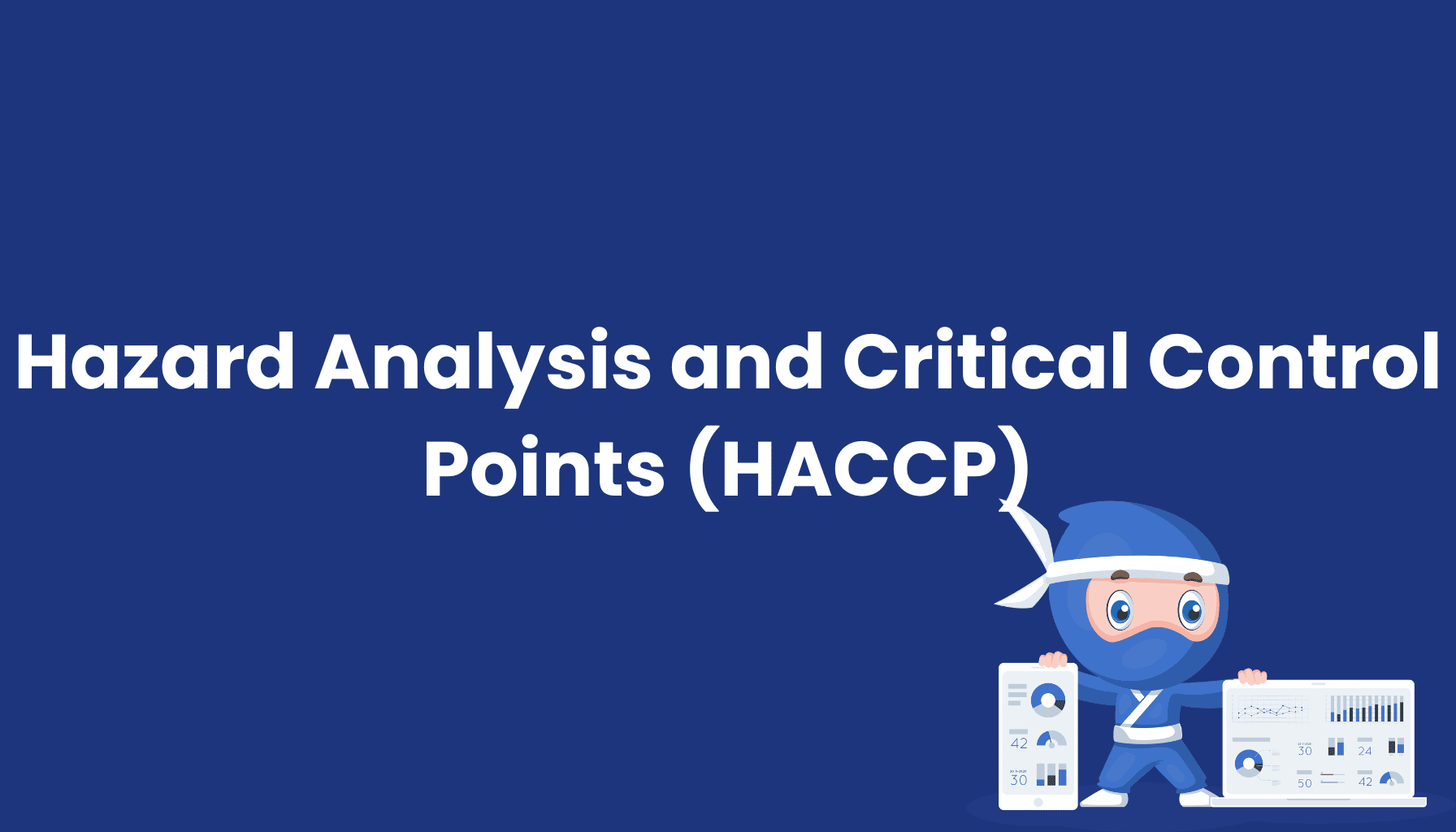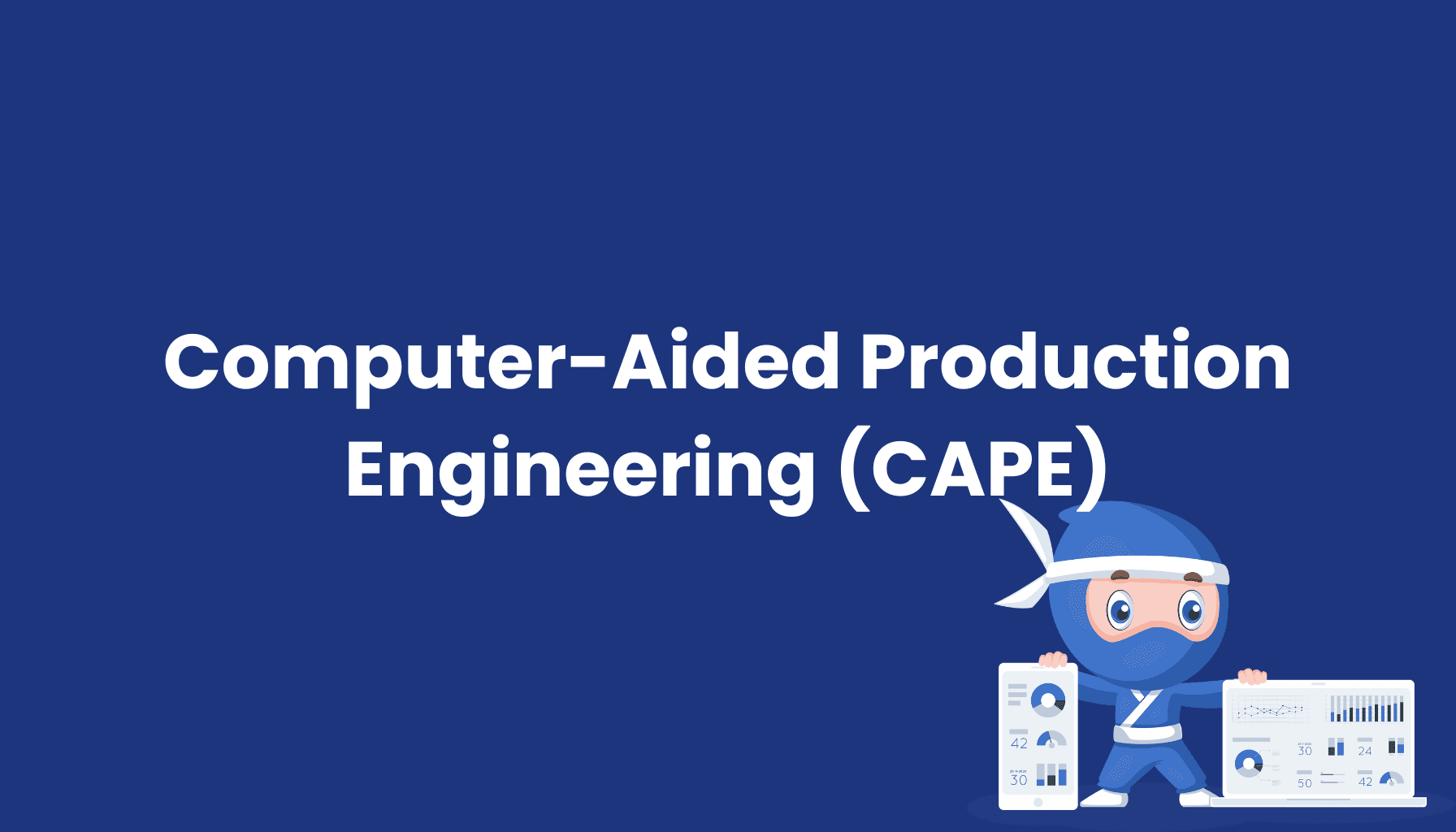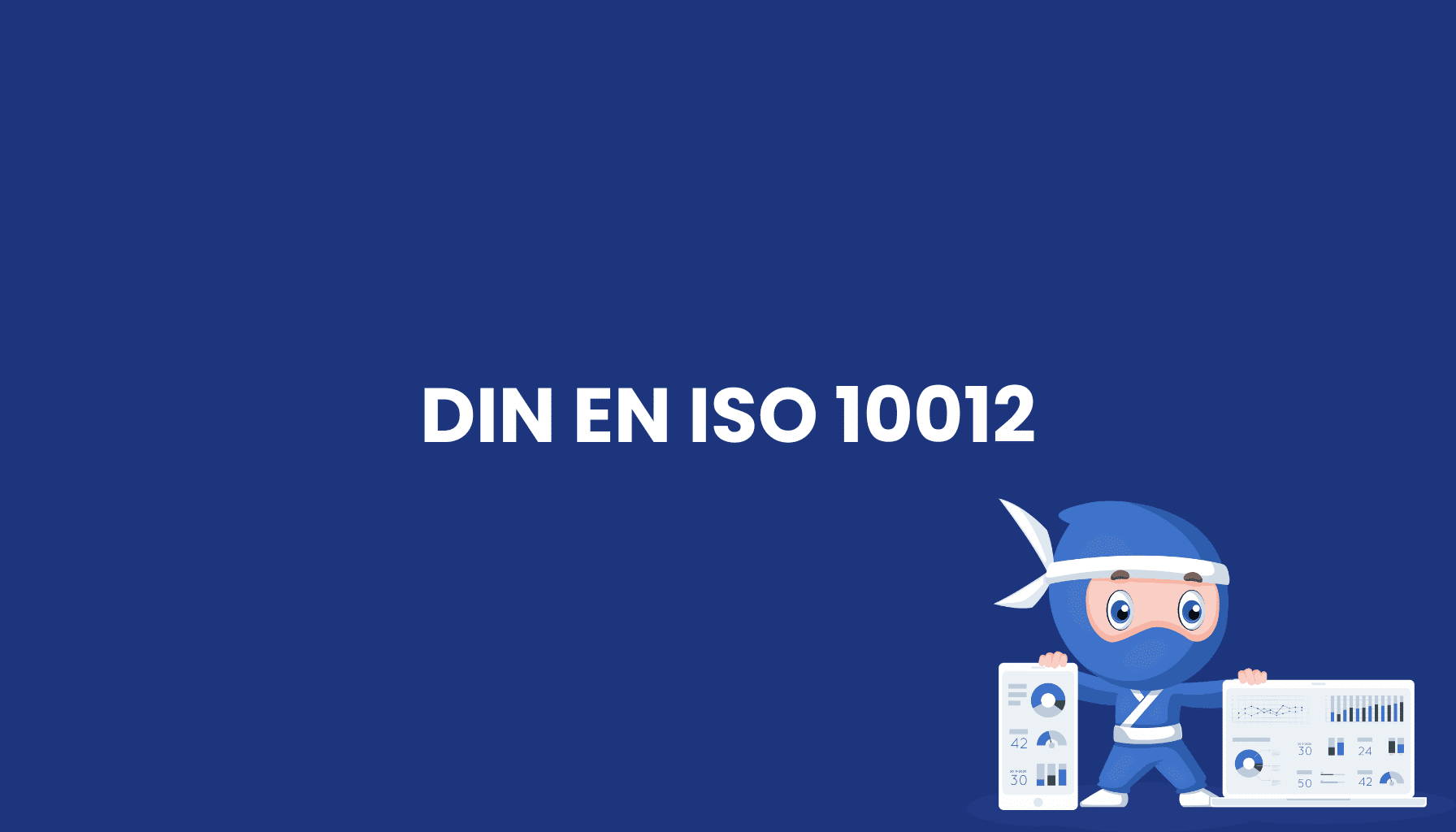Hazard Analysis and Critical Control Points (HACCP)

What is Hazard Analysis and Critical Control Points (HACCP)? A Definition
Hazard Analysis and Critical Control Points (HACCP) is a systematic approach used to identify, assess, and control hazards that may affect food safety. The HACCP system ensures that critical hazards are monitored and controlled throughout the food production chain, ensuring the safety and quality of the final product.
Key Features of HACCP
- Hazard Analysis: Identification and evaluation of potential biological, chemical, and physical hazards at every stage of food processing.
- Critical Control Points (CCP): Determining critical points in the production process where hazards must be controlled to ensure food safety.
- Monitoring and Control: Continuous monitoring of critical control points to ensure that established limits are being met.
- Corrective Actions: Immediate actions are taken when a control point goes beyond established limits to ensure the safety of the food product.
Benefits of HACCP
- Food Safety: HACCP helps control hazards and guarantees food safety.
- Quality Assurance: Continuous monitoring ensures product quality throughout the production process.
- Compliance: HACCP ensures that food production meets legal regulations and international standards.
Application of HACCP in the Food Industry
HACCP is widely applied in the global food industry to ensure the highest standards of food safety. It helps companies meet legal and international standards such as FDA regulations or EU directives, ensuring both food safety and quality.





